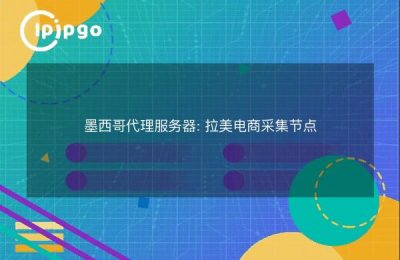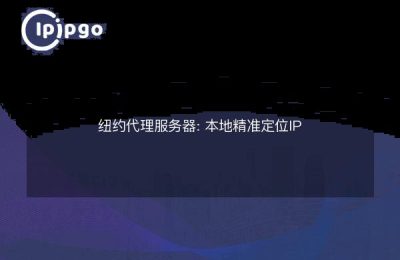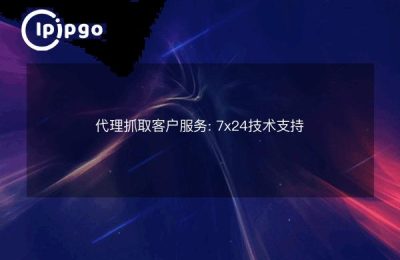
If you are a programmer who loves data analysis and web development, then you must be no stranger to data scraping. Data crawling is the process of acquiring information on the Internet and storing and processing it. However, with the development and updating of websites, more and more websites have adopted anti-crawler mechanisms, making data crawling difficult.
What is a crawler agent?
When confronted with a website's anti-crawler mechanism, we can utilize a crawler proxy to bypass the restrictions. A crawler proxy is an intermediary service to access the target website, hiding the real IP address from which the request originates. Using a proxy server, we can better simulate human access behavior and avoid being detected and blocked by the website.
How to choose the right proxy server?
When choosing a proxy server, we need to consider several factors:
1. IP stability
Proxy server IP stability is crucial for data crawling. If the proxy server's IP changes frequently, then we are prone to disconnection problems when crawling data. Therefore, it is very important to choose a stable proxy server.
2. Privacy and security
When choosing a proxy server, we need to make sure that the proxy provider is able to protect our privacy and data security. Avoid choosing proxy servers that have security vulnerabilities or potential risks.
3. Speed of response
Efficient data capture requires fast response time. Therefore, when choosing a proxy server, we need to consider its bandwidth, latency, and other factors to ensure that the required data can be captured quickly.
How to use a crawler agent for data crawling?
In general, we can follow the steps below to utilize a crawler agent for data crawling:
1. Finding a reliable agent provider
There are many proxy providers available on the internet. We can choose a suitable proxy provider according to our needs by comparing the price, service quality and user reviews of different providers.
2. Get the IP and port of the proxy server
After purchasing a proxy server, we are given a set of IP addresses and port numbers for the proxy server. This information can be used for subsequent data crawling.
3. Configuring the crawler
When writing a crawler program, we need to configure it to use a proxy server. The exact configuration method will vary depending on the crawler framework you are using, but in general, we need to set the IP and port of the proxy server.
4. Testing proxy servers
Before we start data crawling, we need to test the proxy server to make sure it is working properly. The availability of the proxy server can be tested by sending an HTTP request and checking the returned results.
5. Commencement of data capture
After the above steps, we have successfully configured the crawler program and are ready to use the proxy server for data crawling. When performing data crawling, we can simulate human behavior and set reasonable request frequency and access pattern to avoid being detected by the target website.
concluding remarks
By using a crawler proxy, we can better cope with the website's anti-crawler mechanism and perform data crawling smoothly. When choosing a proxy server, we need to consider factors such as stability, privacy security and response speed. At the same time, when using a proxy server for data crawling, we need to operate cautiously and simulate human behavior to avoid troubling the target website.








